Understanding Blow Molding Technology
What is Blow Molding?
Blow molding is a manufacturing process used to create hollow plastic parts by forming a molten tube of plastic, known as a parison, into a desired shape. The process is versatile, allowing for the production of a wide range of items such as bottles, containers, and even automotive components. The key characteristic of blow molding is that it utilizes air pressure to inflate the heated plastic until it conforms to the mold’s shape. This technique is both cost-effective and efficient, making it an industry standard among manufacturers.
Types of Blow Molding Processes
There are three primary types of blow molding processes used in the industry:
- Extrusion Blow Molding: This is the most common technique, where molten plastic is extruded into a parison, which is then clamped into a mold and inflated to shape.
- Injection Blow Molding: This method combines injection molding and blow molding. A preform is created via injection molding before being inflated in a blow mold.
- Stretch Blow Molding: Often used for PET bottles, this process involves stretching the plastic both axially and radially, which enhances the material’s strength and clarity.
Applications of Blow Molding
Blow molding technology finds applications across various industries due to its capability to produce complex shapes at high speed. Some key applications include:
- Consumer packaging, primarily for beverage and food containers.
- Automotive parts, such as fuel tanks and interior components.
- Industrial containers for chemicals and other substances.
- Sports equipment like balls and helmets.
Choosing the Right Blow Molding Machine
Factors to Consider
When selecting a blow molding machine, various factors should be considered to ensure optimal efficiency and suitability for your production needs. These include:
- Production Capacity: Consider the volume of items you intend to produce and choose a machine that can meet or exceed these requirements.
- Material Compatibility: Different machines handle various types of plastics. Ensure the machinery works well with the materials you need.
- Automation Level: Depending on your operation’s scale, you may want to invest in fully automated systems for maximum efficiency.
Machine Specifications and Features
Understanding the specifications of blow molding machines can help you make informed decisions. Key features to evaluate include:
- Mold Change Time: Shorter mold change times increase productivity.
- Energy Efficiency: Look for machines designed to minimize energy consumption.
- Control Systems: Advanced control systems can enhance precision and consistency in the manufacturing process.
Understanding Supplier Offerings
Choosing the right supplier is crucial for your business’s success. When assessing potential blow molding machine suppliers, consider their range of offerings, including technical support, training, and after-sales service. Evaluate their reputation in the industry, as reliable suppliers often have robust service agreements and warranties on their machines.
Benefits of Working with a Reliable Supplier
Experience and Expertise
Collaborating with an experienced blow molding machine supplier brings a wealth of knowledge that can aid your production processes. An expert partner can help tailor solutions that are right for your unique production needs, help you navigate complex applications, and provide insights into new technologies and improvements.
Quality Assurance Standards
Choosing a reputable supplier ensures compliance with national and international quality standards. Quality assurance standards provide assurance that the equipment provided is reliable, efficient, and safe to operate. Leading suppliers typically undergo stringent quality assessments and certifications that align with industry benchmarks.
Ongoing Support and Maintenance
Regular maintenance and support from your supplier can significantly extend the life of blow molding machines. Reliable suppliers offer comprehensive service packages that include preventive maintenance, troubleshooting, and the supply of spares, ensuring that machinery downtime is minimized and production remains uninterrupted.
Cost Analysis for Blow Molding Machines
Pricing Models Explained
The cost of blow molding machines can vary widely based on the type, features, and capabilities. Machine costs could range from $20,000 to over $1,000,000 for larger, high-capacity systems. Understanding the pricing models is crucial:
- Initial Acquisition Costs: This includes the purchasing price and delivery fees.
- Operational Costs: These cover maintenance, energy consumption, and raw material expenses.
- Long-term Investment: Consider the return on investment (ROI) over the machine’s projected lifecycle.
Budgeting for Initial Investment
Budgeting for the initial investment is critical in ensuring that your business maintains healthy financials. It is essential to prepare for hidden costs associated with installation, training, and setup. Engaging with financial experts can provide a clearer picture and assist businesses in making financially prudent decisions.
Long-term Cost Benefits
Investing in high-quality blow molding machines can yield significant long-term benefits, such as:
- Lower energy costs due to improved machine efficiency.
- Reduced labor costs through automation and smarter production processes.
- Minimized waste with higher precision machines leading to reduced material costs.
Future Trends in Blow Molding Machinery
Advancements in Technology
The blow molding industry is undergoing rapid technological advancements aimed at enhancing precision, productivity, and sustainability. Innovations include:
- Smart Manufacturing: The integration of IoT (Internet of Things) allows manufacturers to monitor processes in real-time, improving efficiency and reducing costs.
- 3D Printing: Applications of 3D printing technology in mold-making processes have revolutionized prototyping and production runs.
- Energy-efficient Machinery: Newer models prioritize reduced energy consumption, addressing environmental concerns while driving down operational costs.
Environmental Considerations
The manufacturing world is increasingly focusing on sustainable practices as regulations tighten and consumer awareness grows. Blow molding suppliers are adapting by:
- Developing machines for bio-based and recycled materials.
- Implementing closed-loop systems to minimize waste.
- Enhancing material efficiency to reduce environmental impact.
Market Growth Predictions
Industry experts predict significant growth in the blow molding market over the next decade, driven by the rising demand for lightweight and durable plastic products across various sectors. It is estimated that between 2023 and 2030, the global blow molding market will grow at a CAGR of over 5%. This growth will be fueled by advancements in technology, increased urbanization, and greater consumer demand for products requiring complex designs.

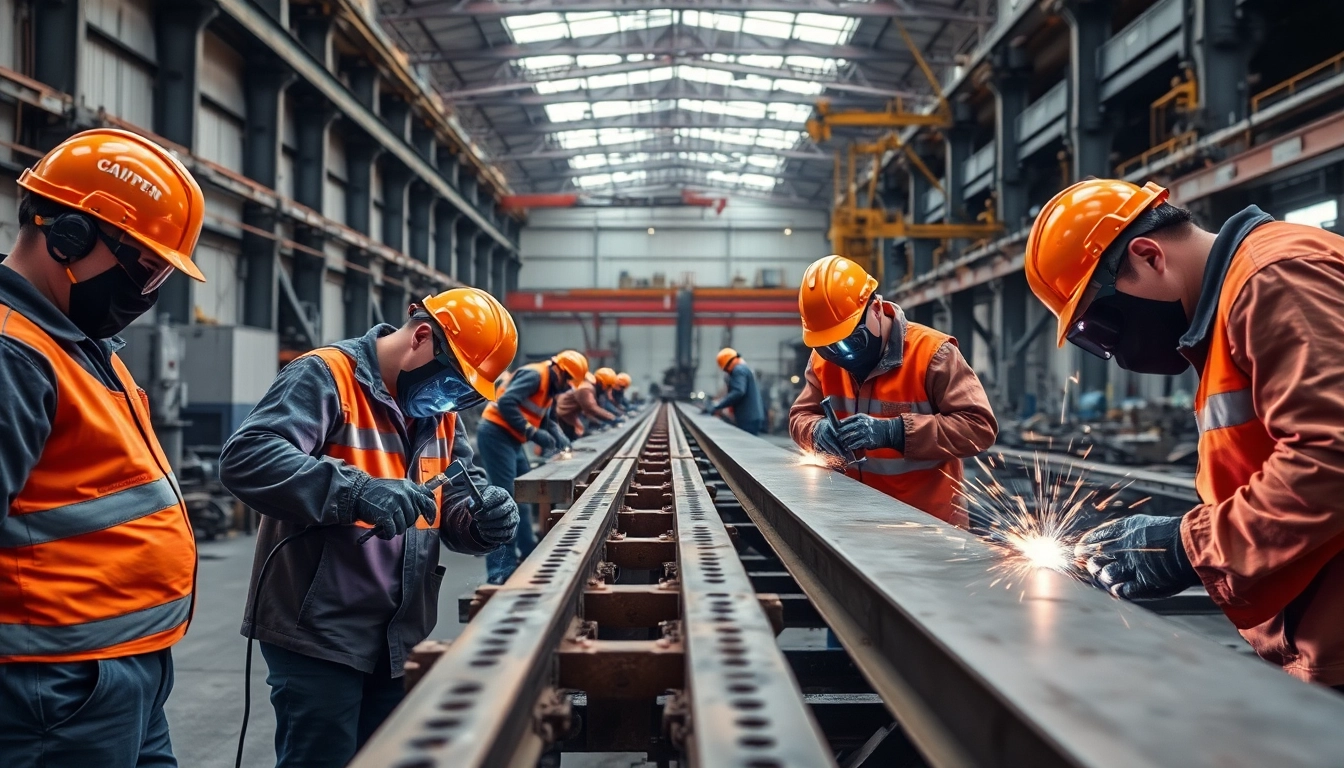

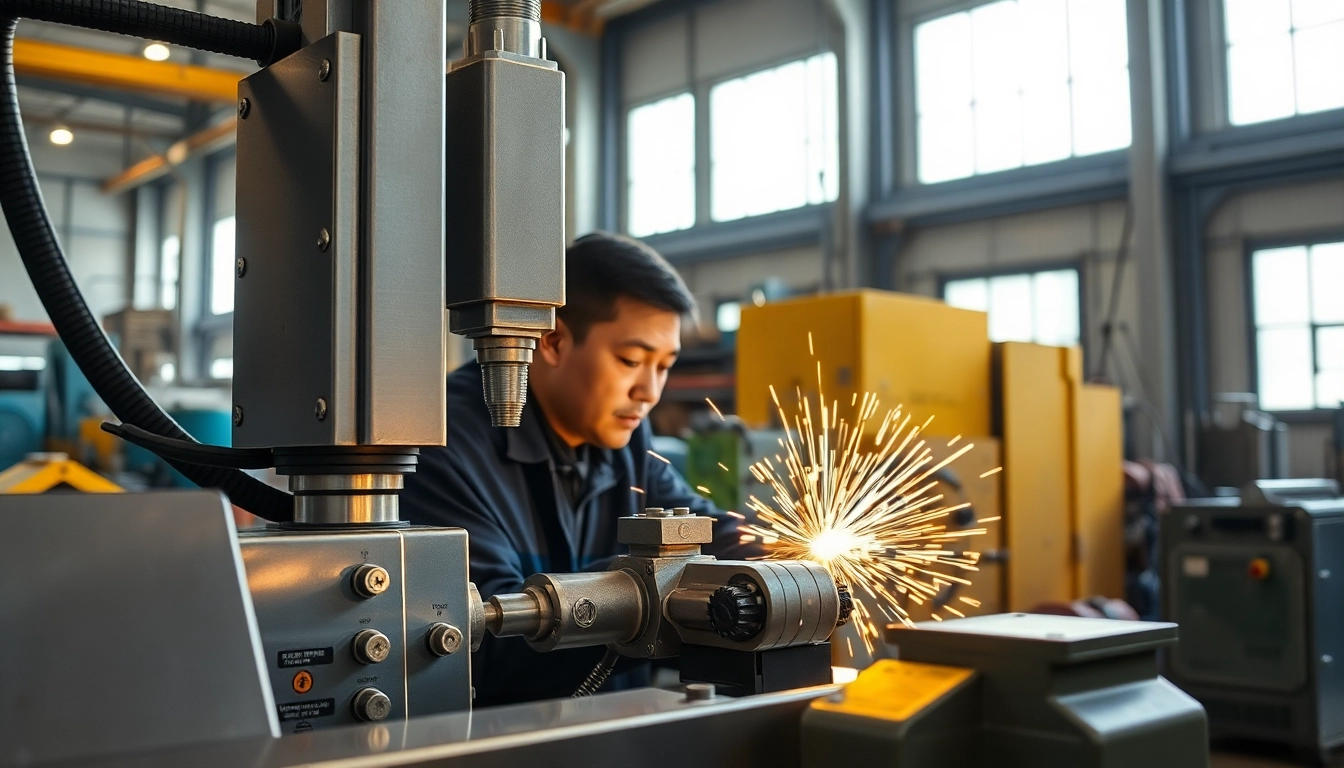
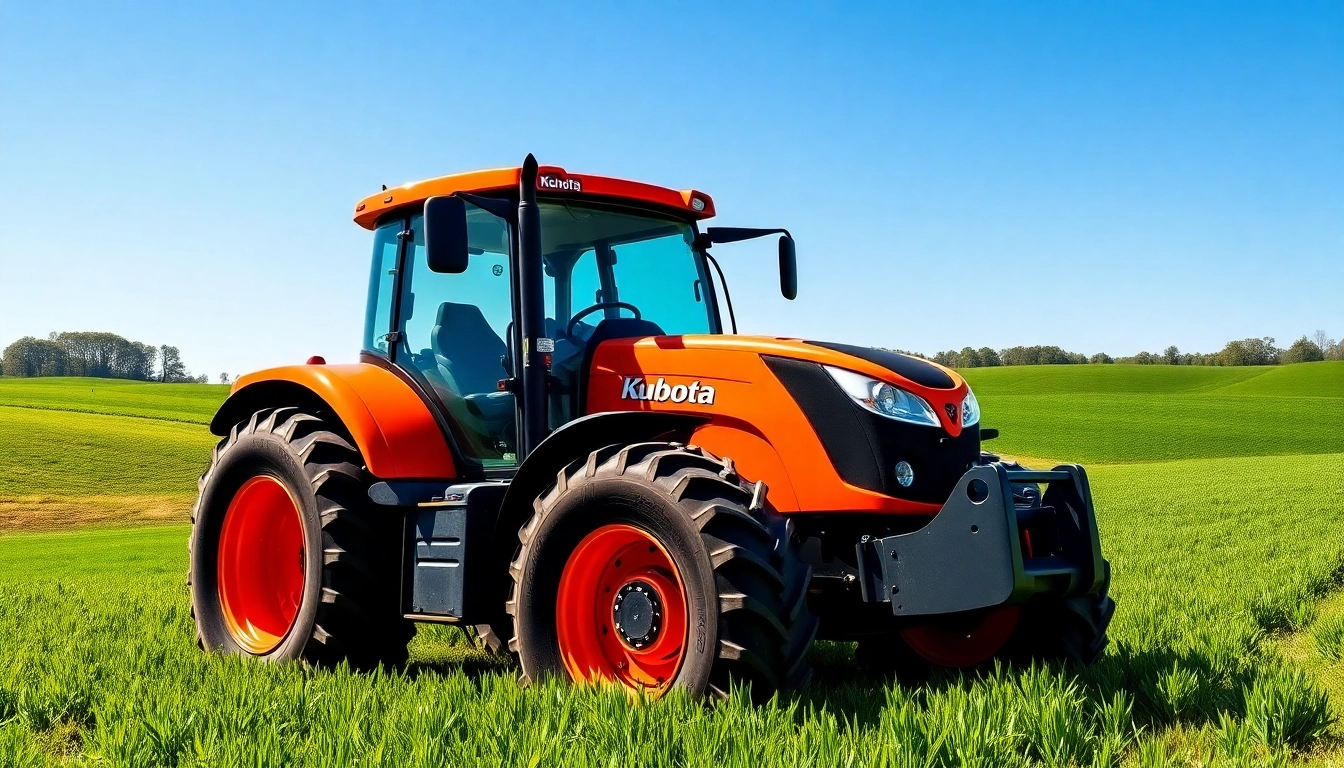

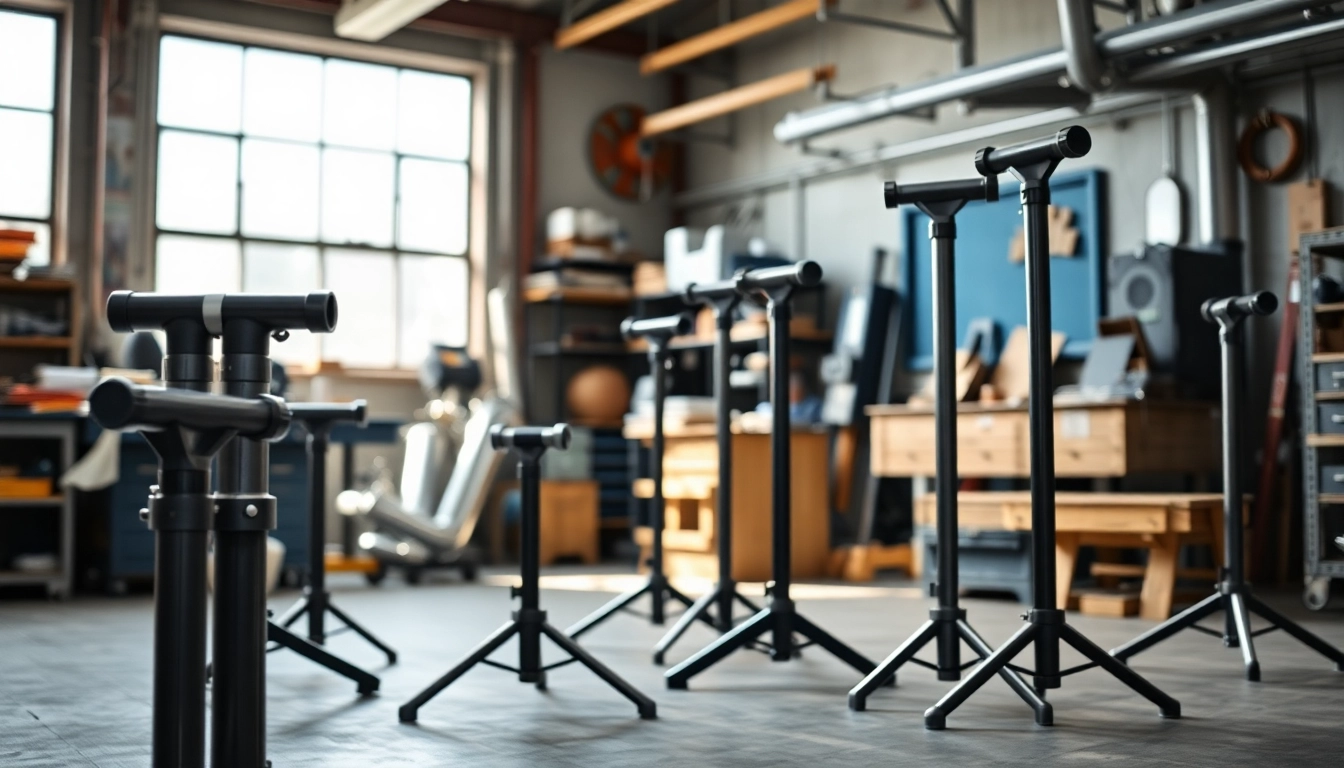
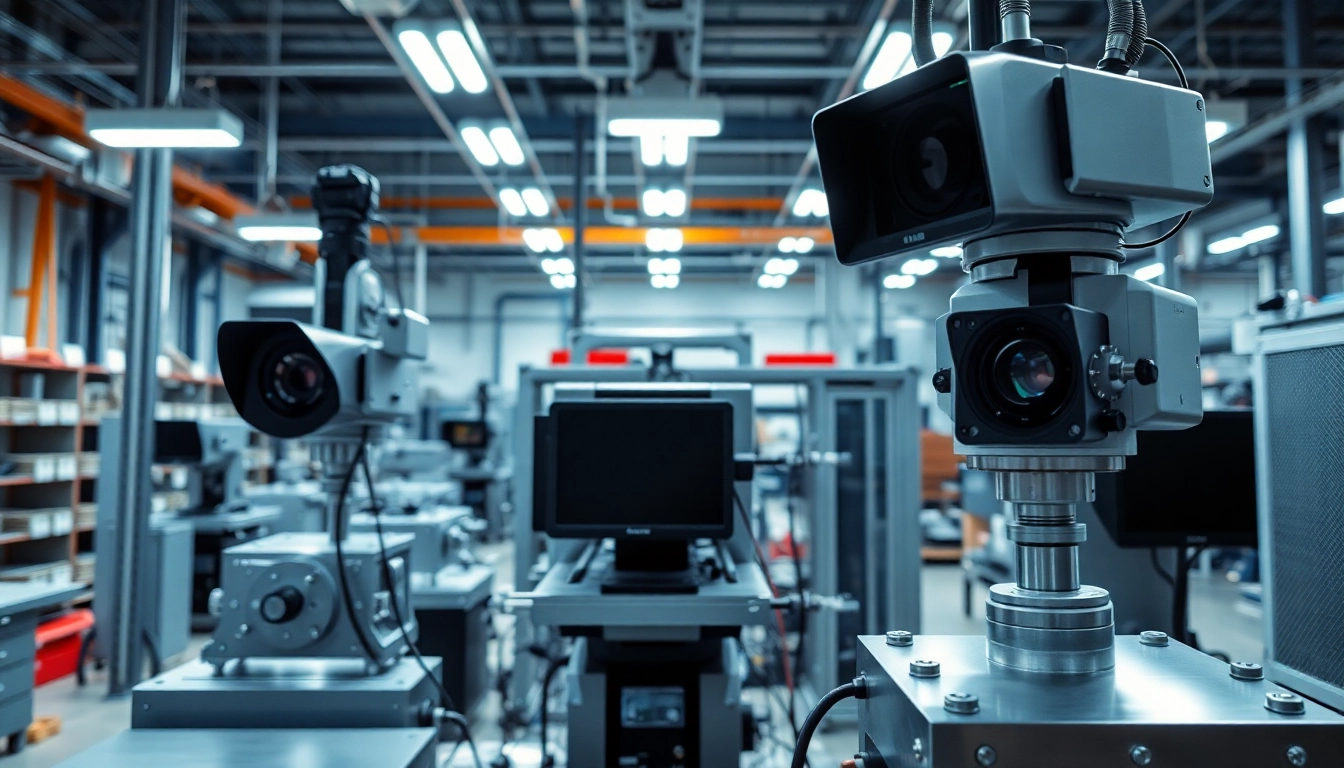

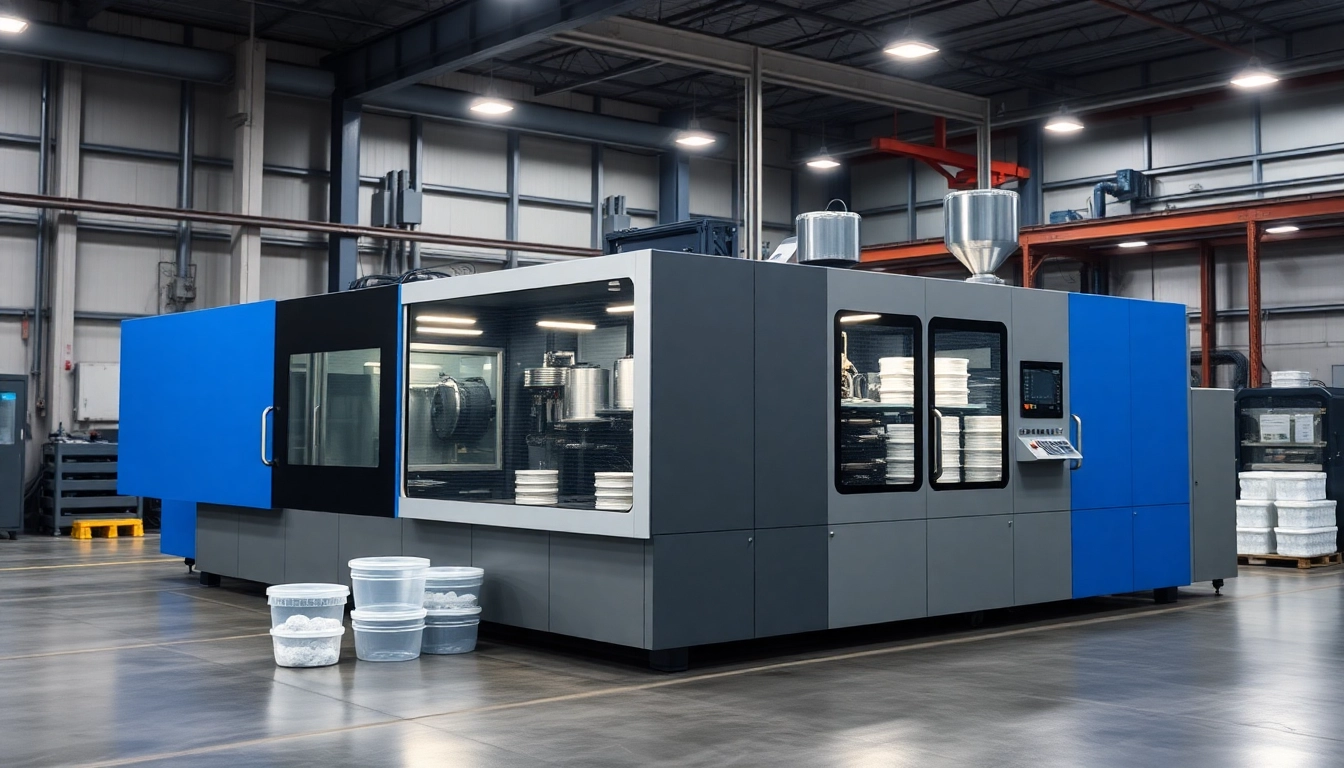
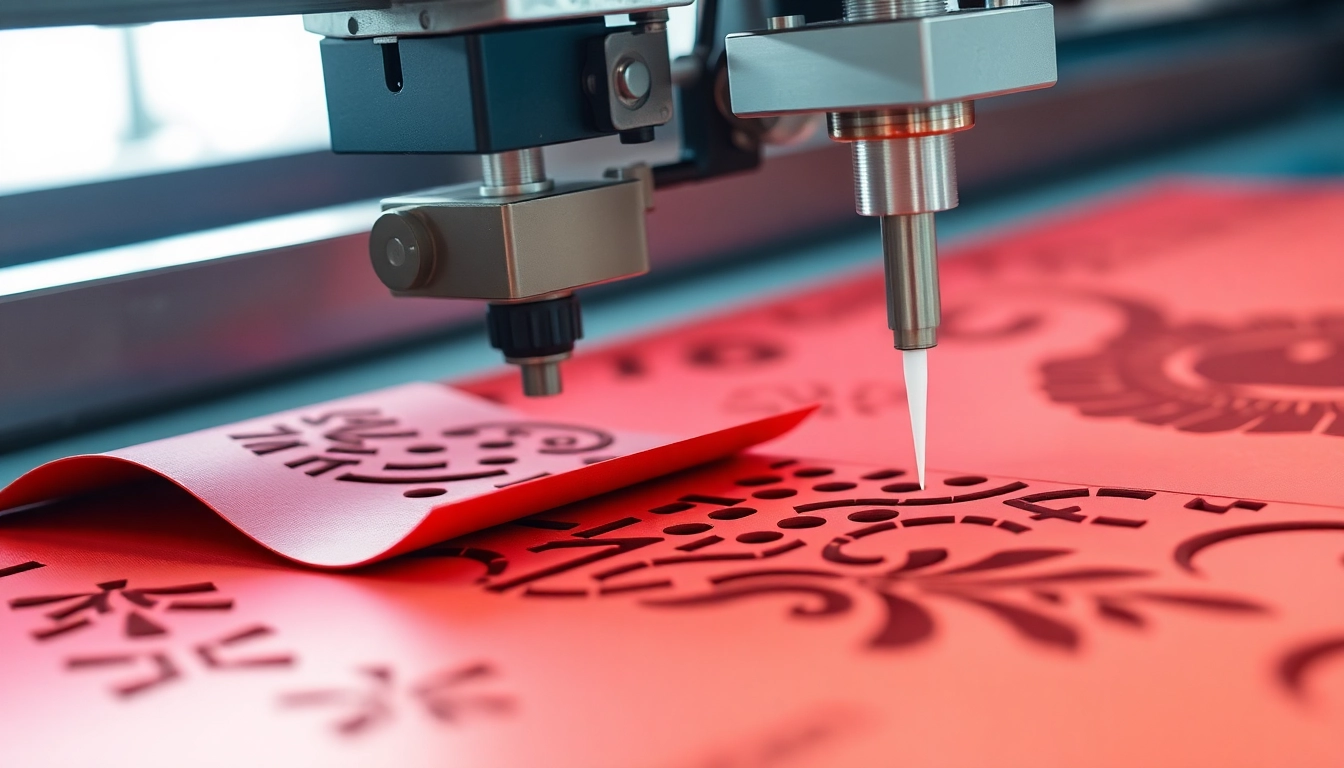



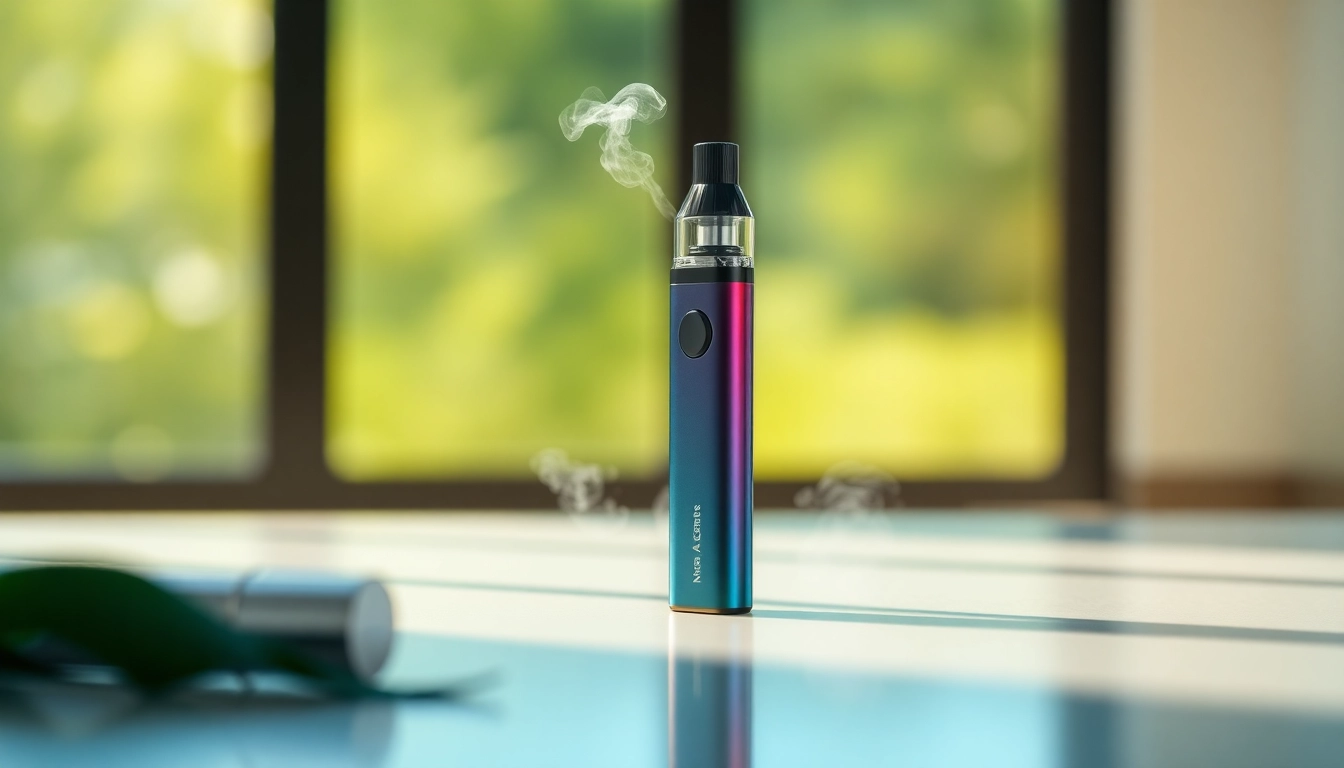
Leave a Reply